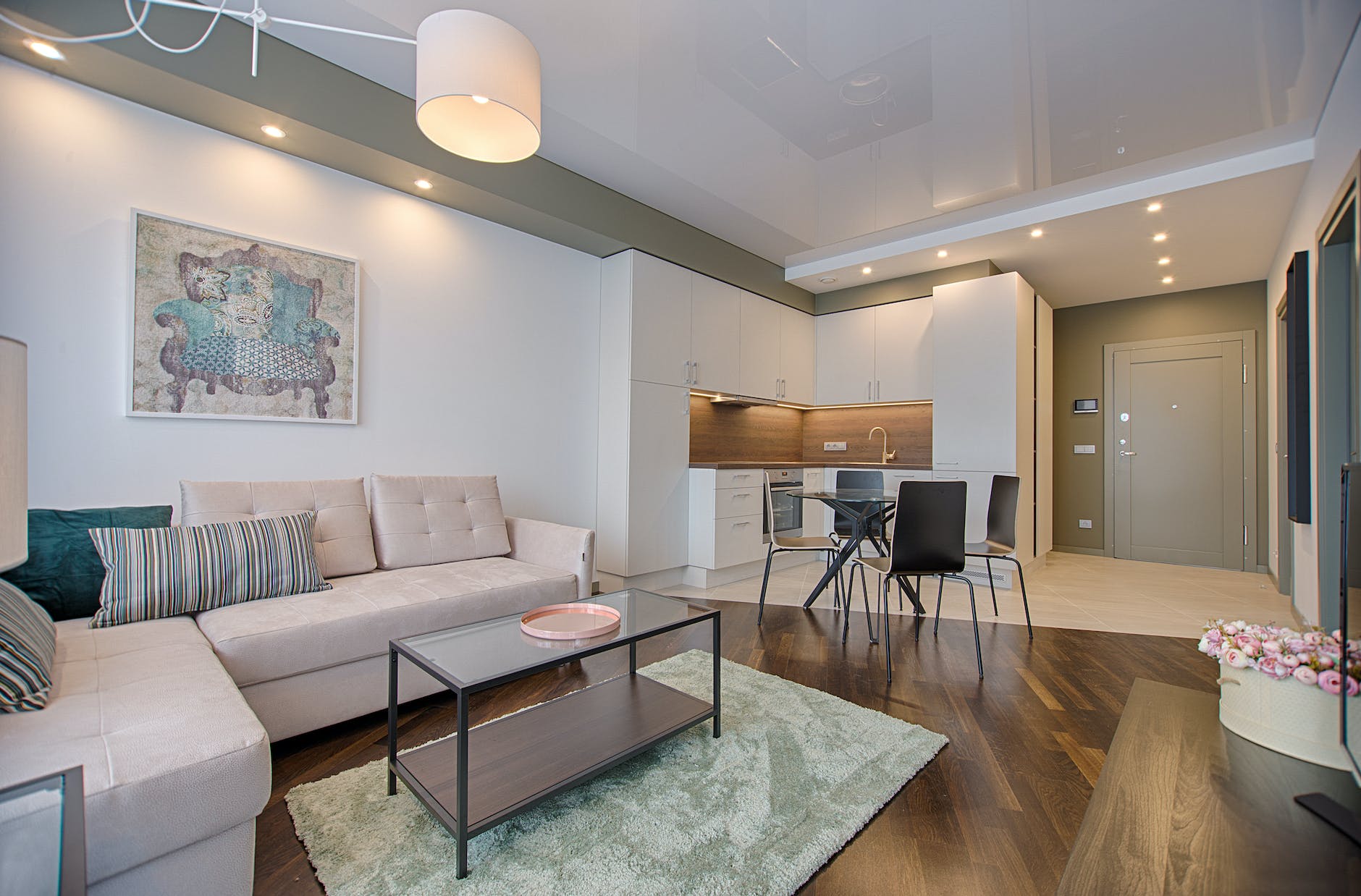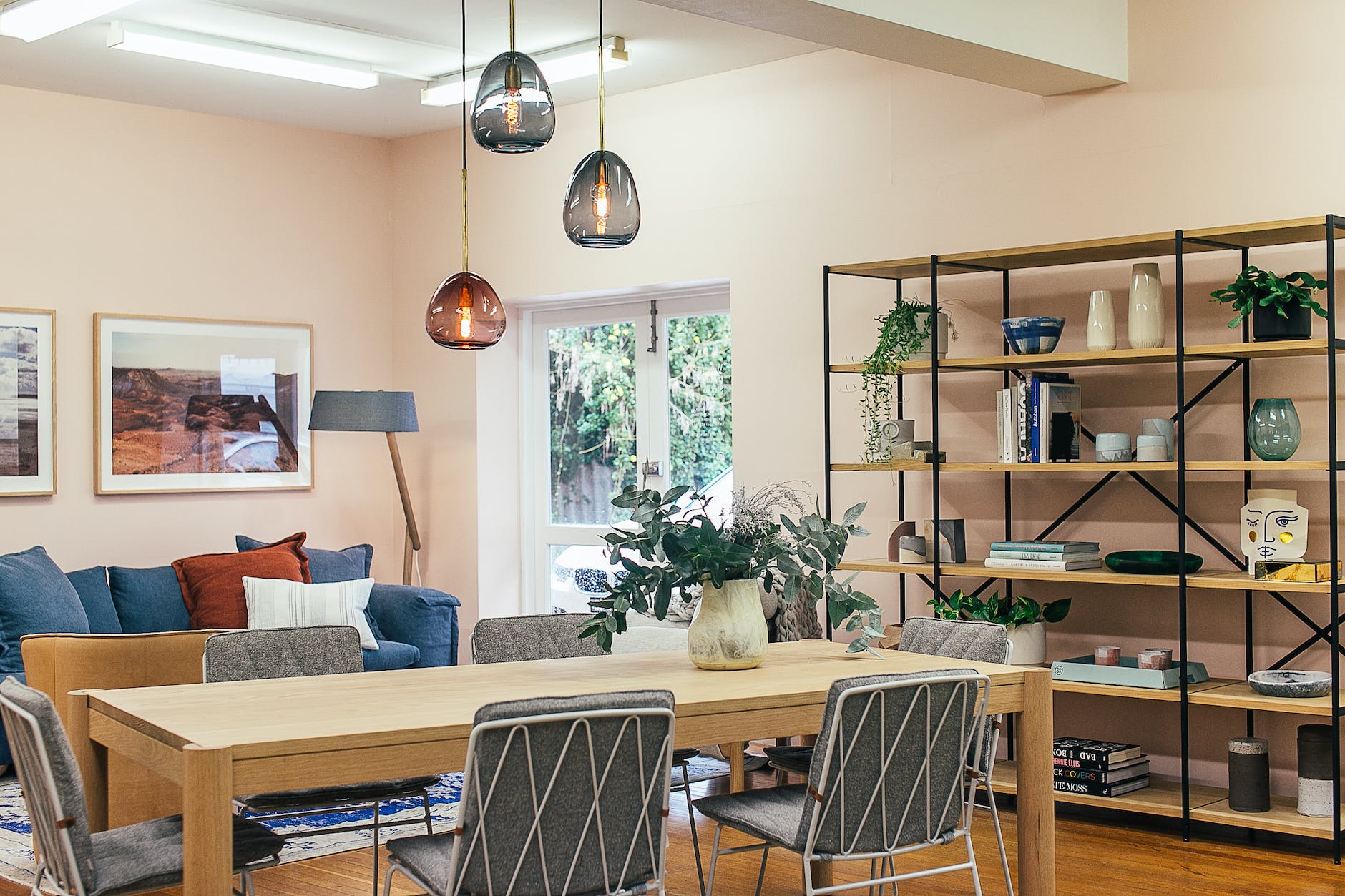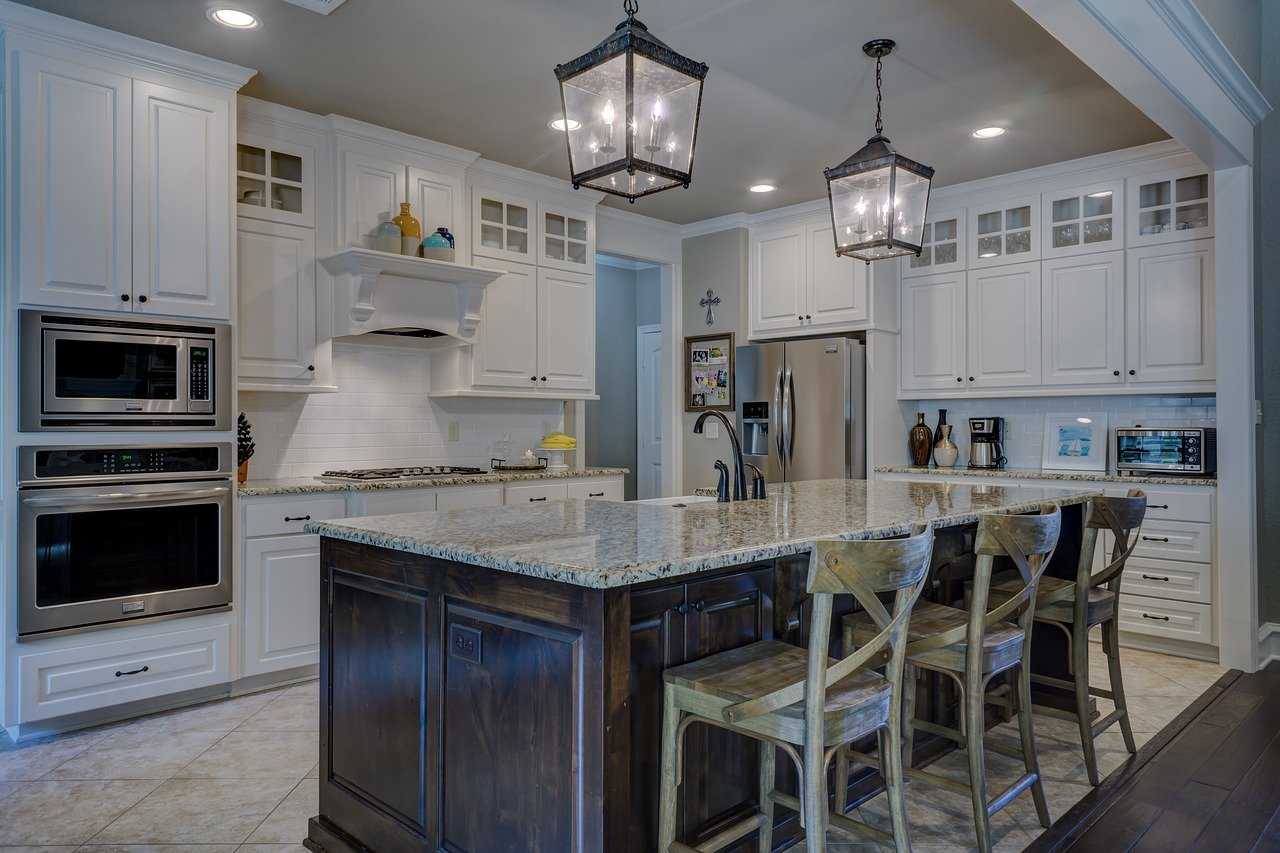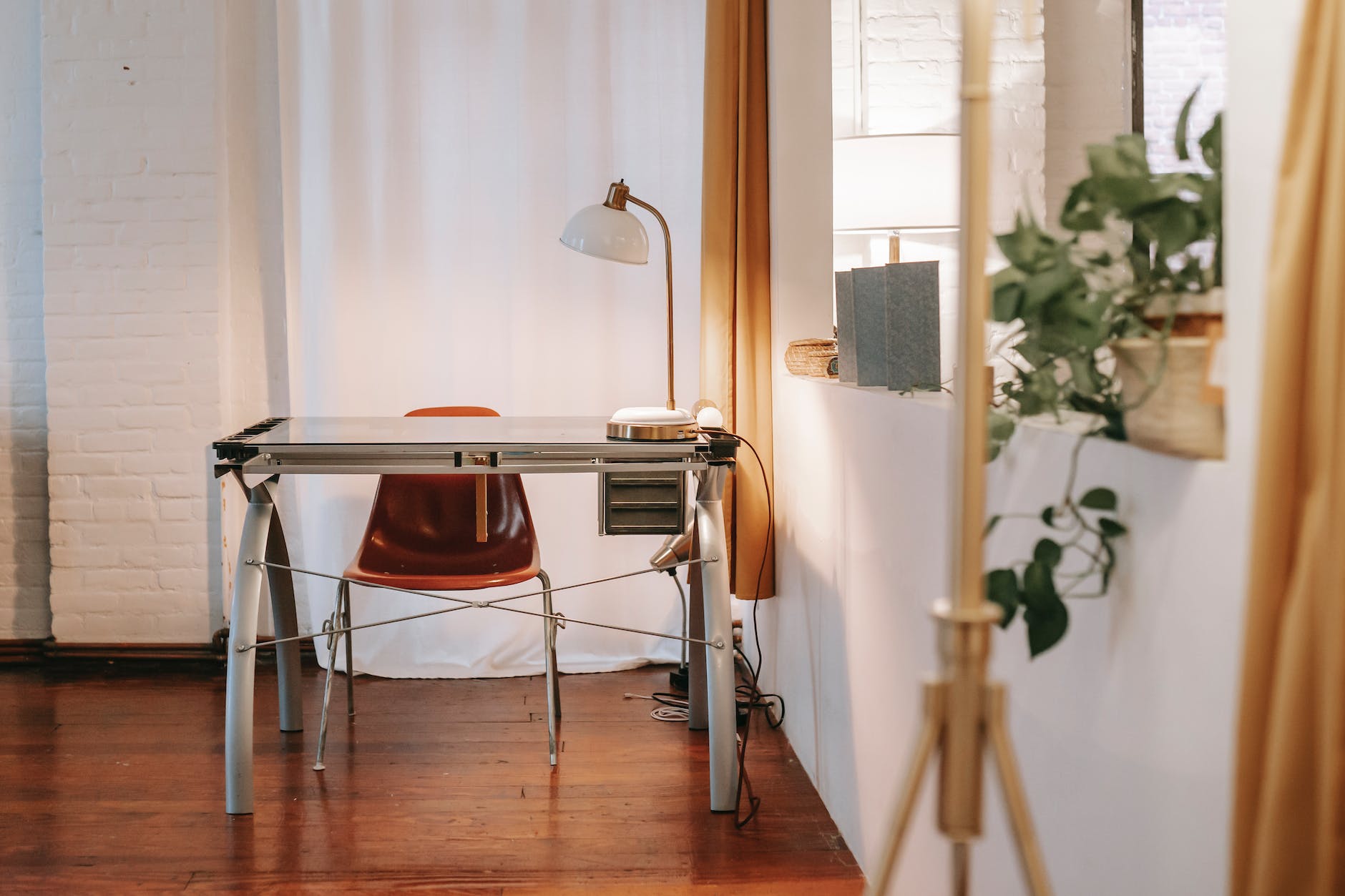
Interior Design
Interior design has undergone a digital revolution. Gone are the days of just sketches and mood boards. Today, we enter the realm of interior design rendering. This is where technology meets creativity, enabling designers to present ideas in a more lifelike way. If you’ve ever marveled at a design so vivid you could almost feel the texture of the fabrics or the room’s warmth, then you’ve probably encountered this modern marvel. Let’s journey through the transformative world of interior design rendering with “yousee.studio,” a website specializing in rendering interior designs, bringing them to life in awe-inspiring ways.
Section I: The Genesis of Rendering—A Quick History Lesson
How It All Started
Before computer-generated images, architects and designers relied on hand-drawn sketches. However, with the rise of CAD software and advanced rendering tools, the profession has evolved exponentially. The 3D rendering technology traces its roots to the early CGI effects used in movies and video games.
Its Role in Contemporary Design
Today, it has become an indispensable part of interior design. Architects and designers use it to visualize the outcome, win projects, and reduce the margin for errors.

Interior Design
Section II: Behind The Pixels—The Nuts and Bolts
Software and Hardware
From AutoCAD to SketchUp and 3ds Max, various software programs enable rendering. Your computer’s hardware also plays a crucial role. A powerful CPU and adequate RAM are essential for generating high-quality renders. Learn more about the technical requirements from Architizer’s guide to architectural rendering software.
Process Unveiled
Rendering isn’t just a one-click operation. It involves several steps, such as modeling, texturing, lighting, and finally, the rendering itself. During each stage, the designer adjusts various elements to make the final image as realistic as possible.
Section III: The Magic Wand—How It Transforms Design
Seeing is Believing
Renderings serve as a “preview” of the final design. It allows clients to experience a space before it’s built, making changes less costly and more manageable.
Collaboration Unlocked
Because of its digital nature, renderings are easily shareable. This fosters better communication between designers, clients, and contractors. Websites like Behance serve as platforms where designers can showcase their rendering skills.

Interior Design
Section IV: The ‘Not-So-Smooth’ Road—Challenges and Solutions
High Costs
Advanced rendering can be expensive. Software licenses alone can cost thousands. Plus, generating detailed renderings consumes significant computing power, requiring expensive hardware.
Time-Intensive
It’s not uncommon for high-quality renders to take hours or even days to complete. This is especially true for larger projects with more complex designs.
Solutions
Outsourcing rendering tasks or using cloud-based solutions can mitigate these challenges. Articles like “How to Speed Up the Rendering Process” offer tips to improve efficiency and reduce costs.

Interior Design
Section V: The Road Ahead—What’s Next in Design Rendering?
Virtual Reality (VR) and augmented Reality (AR)
The future holds even more exciting prospects. Technologies like VR and AR are making their way into interior design rendering, enabling more immersive experiences.
Automation and AI
AI algorithms can automate mundane tasks, allowing designers to focus on creativity. With advancements in machine learning, we may soon have AI-generated designs based on human input.
Conclusion: A Pixel-Perfect Future
Interior design rendering is more than just a fad; it’s a game-changing tool that’s reshaping the industry. From its inception to its future prospects, this technology enables a level of visual storytelling that was once unthinkable. It’s not just about pretty pictures; it’s about enhancing creativity, improving accuracy, and revolutionizing the way we envision space. So, the next time you find yourself lost in the details of a digital room, remember—you’re glimpsing the future of interior design.





